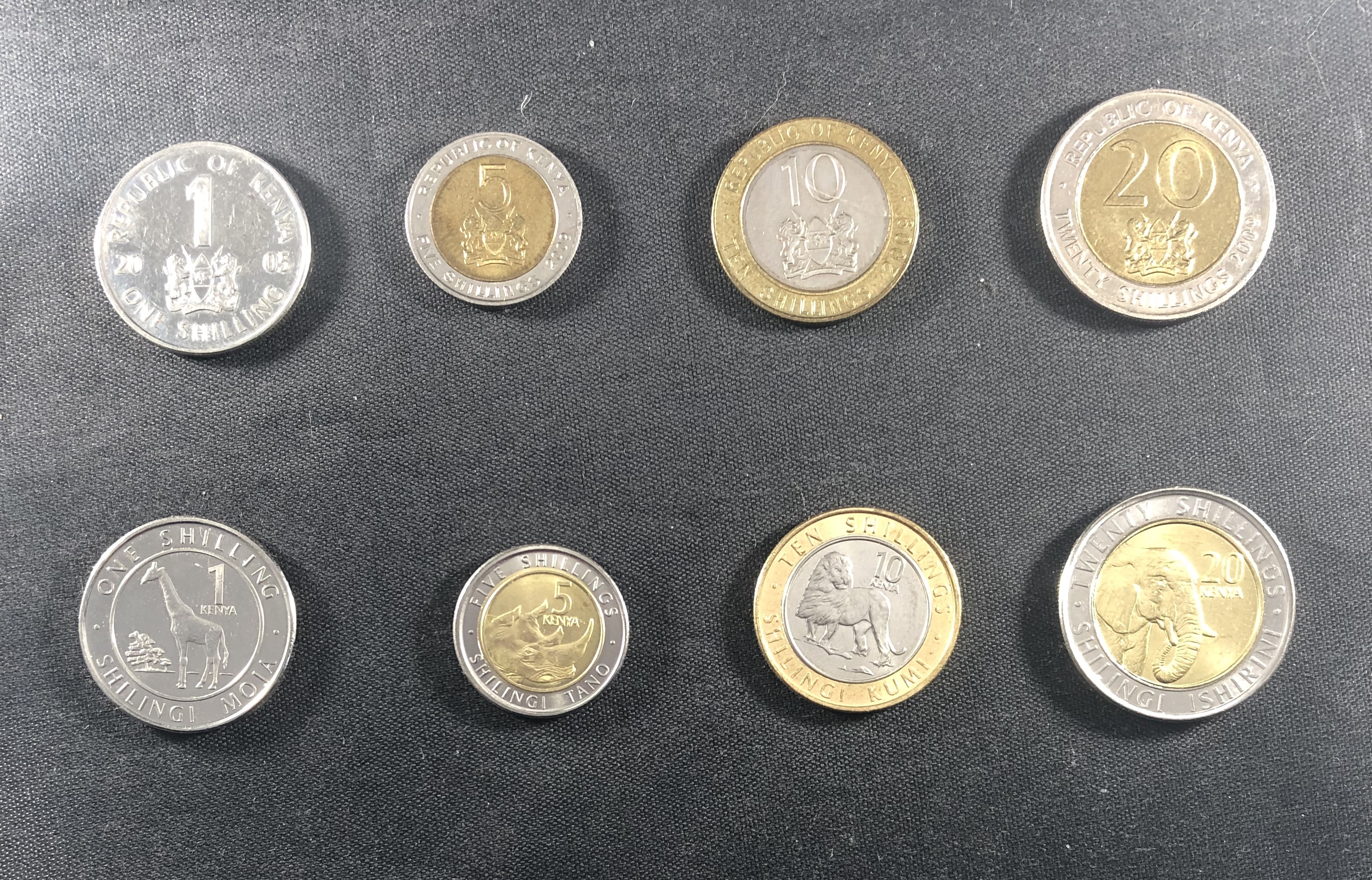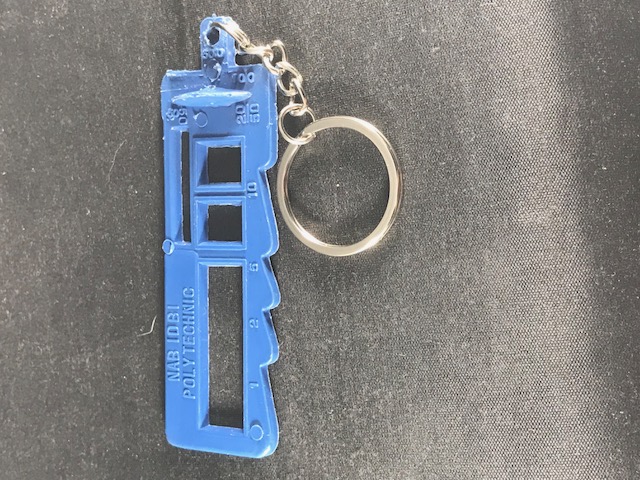When we talk about accessible currency, mostly we think about banknotes, which are usable for people with disabilities. In most countries, we can assume that coins can be distinguished easily. This is true for the most part in most countries. There are, however, a few countries where coins are harder to differentiate.
When I was in India, I found that the 1, 2, and 5 Rupees, which are most frequently used, are not the easiest to tell apart. I was surprised to read a couple of press releases in the last few months from India and Kenya about changing their coins to be more accessible for visually impaired people.
The coins in Kenya were released in late 2018, but the Indian coins are not yet available. I am already trying to get a set of the Kenyan coins and will write about those in a separate post, but for now I will only address Indian coins.
I will not explain the new coins in detail, because it has been done on the Coins and More Blog, where there is a good overview of the new accessible coins of India by Rajeev Prasad, which also has much better pictures than what I could post here.
But before we get to the problem of the current coinage, it would be interesting to talk about the old coinage of India. I remember sometime around the mid 1980’s, just after I started collecting coins, I received a few coins from India. As a little kid, I could not believe that coins can be so different. It was the first time I touched a square shaped coin, and I think in this batch I got my second scalloped coin. These were some of the first coins I learned to recognize by touch, obviously, it didn’t take too long.
From the 1960’s the coins of India were so distinct: a six sided 3 Paise, a square 5, a scalloped 10, all made of aluminum. Though the 25 and 50 Paise were round, there was a big difference in their size and weight, and they were also made of copper-nickel. This is just to mention a few coins, for the sake of this discussion there is no point to list all the coins. Over the years, the smaller coins disappeared, and the low denomination banknotes were replaced with coins.
When I was in India in 2017, I was only able to find 1, 2, and 5 Rupees coins in circulation. My first impression was that it was hard to tell these coins apart quickly, for example when paying for an item. The coins are very close in size, thickness, and most of them are reeded. And this is not obvious, the way I described the edge of the coins was that they are reeded. Maybe. Sometimes. According to Numista, the 1 and 5 Rupees are reeded, the 2 is reeded or smooth. In practice, the edge of the coins is not very pronounced, and a large percentage of coins are somewhat reeded, through most of the edge, or just half of the edge. On other coins it is hard to tell if they were meant to be reeded or not. And I mostly had relatively new coins. The coins have a relatively shallow design, so it takes a little more time to tell them apart by touch. With sensitive touch, it is not impossible, but it is more time than what one would want to spend when paying for items. Of course, with practice, it can be a faster process. However, for people with less sensitive touch, it can be much more difficult.
Without touching the new coins, it is hard to tell how recognizable they will be, but based on the descriptions, they will be easy to tell apart. They will be larger and have more distinct tactile features. The new coins were designed in consultation with blindness organizations in India.
I am glad that India made this big and important step, but my happiness is subjective and biased. I wanted to talk with an expert from India about what this change means to them. So, the obvious thing was to reach out to the author of the above mentioned article, Rajeev Prasad, who is a numismatist and retired banker. This is what he had to say:
Prior to the introduction of the Rupee symbol, it was easy to differentiate the coins of various denominations – The Rs.10/- coin was the largest in size and bimetallic, the Rs.5/- coin was in the shape of two coins stuck together & could be made out by running one’s fingers along the edge. Earlier issues in circulation even had serrations alternating with plain edges etc., the Rs.2/- coin was slightly larger than the Re 1/- coin and the fifty Paise coin (the only Paise coin in circulation) was just about smaller than the Rupee one in circulation.
When the coins with the rupee symbol were introduced in 2011, owing to rise in cost of procuring raw metals/blanks for minting, the sizes of all coins were scaled down considerably. For example, the rupee Five coins became “thinner” with plain edges, the Rs.2/- coin became the size of a Re 1/- coin, the Re.1/- became smaller and easily confused with the 50 Paise coin in circulation and the 50 Paise coin became the size of a demonetized 25 Paise coin.
Almost everyone had to double check what was the change in their hands. The plain edges on the new issues made things worse for visually impaired users/elderly persons.
Several persons had written time and again to the Indian Government regarding the difficulties which users were facing in identifying the presently circulating coins. The Indian government has responded, although somewhat late in taking steps to mitigate the difficulties being faced by everyone, particularly the visually impaired users.
I do believe that it will be quite some time, before the new coins which are user friendly and bear tactile features will be circulating in fairly large numbers in India. Nevertheless, it is a good start.
Thank you Rajeev for your feedback. Once I can get hold of the new Kenyan coins, I will write a review about those as well.



